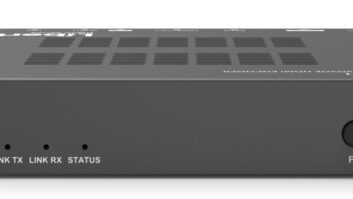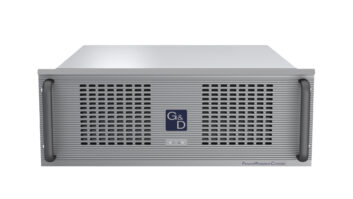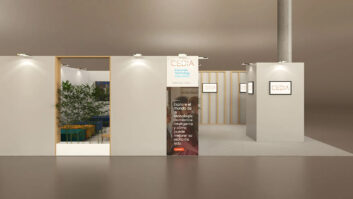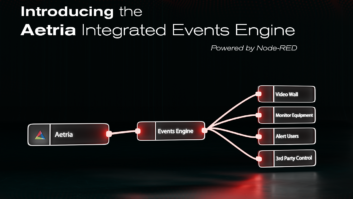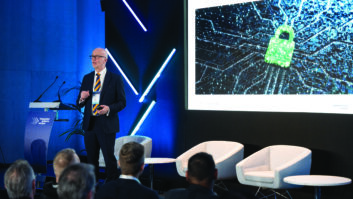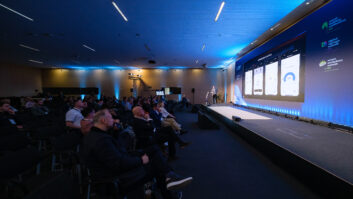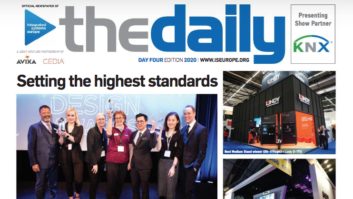During the Control Rooms Summit at this year’s ISE, cyber security, the cloud and AI took centre stage, and Installation editor Rob Lane was on hand to report on proceedings for the ISE Daily.
On the Technology Trends Panel, Jochen Bauer, sales director at Guntermann & Drunk, talked of security as a “permanent topic that we’re dealing with”.
“One great benefit of using IP and KVM technology is that you really can’t have metrics separated,” he said. “You’ve got a different method of classification. So keep your critical processes separated from the outside world. I think nowadays that’s the best way to support cybersecurity in your control rooms.”
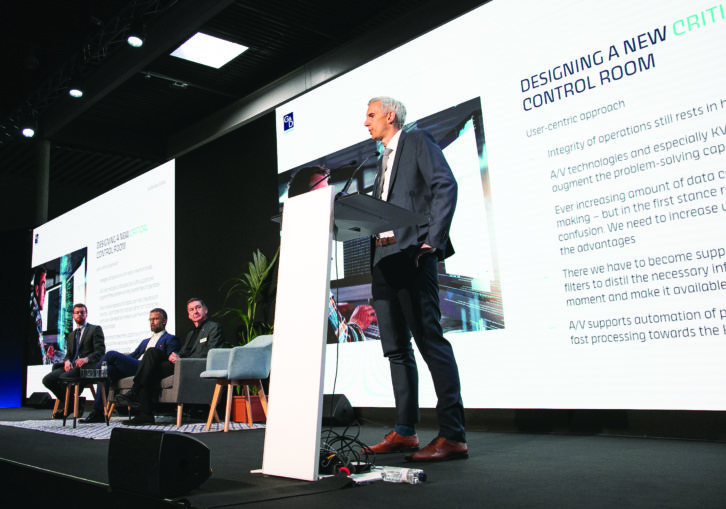
Peter Hansen, economic analyst at AXIVA, was in agreement: “Oh, absolutely. I mean, the IT backbone is so substantial because of separation of systems: isolation for security purposes.”
And looking to the future, John Storey, Datapath CTO, opined that everything needs to be based on “established” enterprise network principles.
“That’s at the very core of what we do – so authentication encryption throughout all the control paths. And you know, let’s not reinvent cyber for AV; let’s build on the really good stuff that’s out there for networking.”
Looking at the broader technology trends, Mehmet Kaya, VP sales EMEA at Barco, believes it’s difficult to predict the future. “You know, suddenly, everybody’s on cloud,” he said. “Five years ago, if you go to a control room and talk about cloud, it will be an airport moment. But today, it’s just like suddenly after the pandemic, it’s just normal, you know, to talk about cloud.”
But Kaya has concerns with regard to the AI-led expansion of intelligent control systems. “What actually keeps me awake is the following: from an operator point of view, you have all the sub systems, and each of those sub systems in the past has been getting more and more intelligent and autonomous. And you sit there as a supervisor, and you make certain decisions. But because each of the subsystems are focusing on their own areas, your insights [on the subsystems] are less and less.
“So this is where we are [heading] now, in terms of workflow automation: operators will need decision-making support, because I think operators are losing their insights into what is going on. The data is there. But how do you produce a meaningful insight? When you drive an autonomous car, you’re going to lose your driving skills for sure.”
